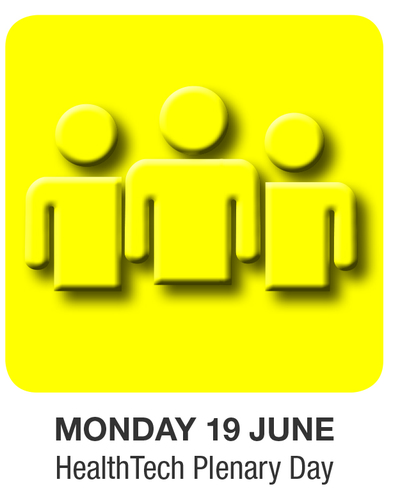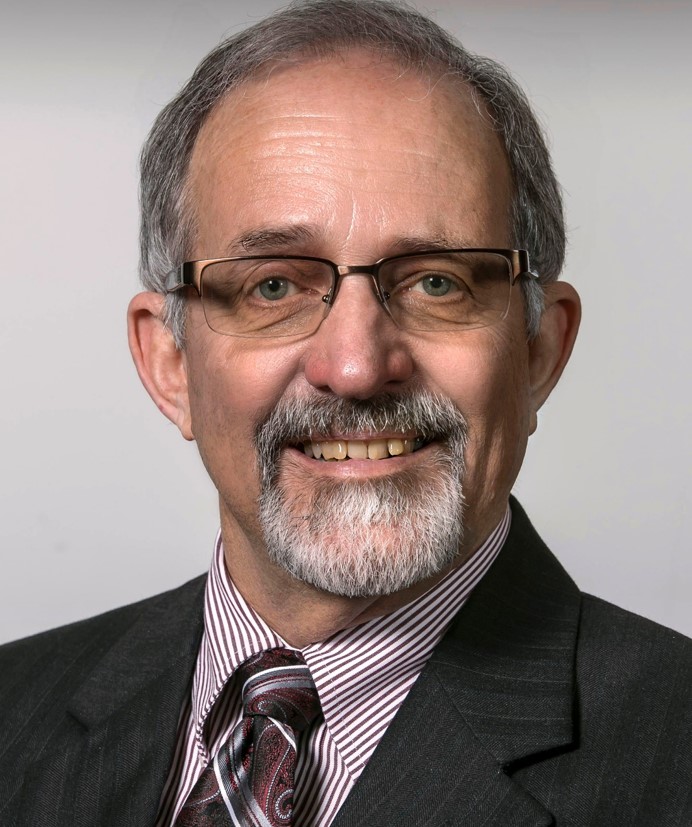  |
Scott Diener Ph.D. Senior Digital Strategy Manager, Office of the Chief Digital Officer, The University of Auckland, Auckland, NZ
|
|
His previous role was as Associate Director, IT Services, where he was responsible for five divisions: Learning Environment Support Unit (lecture theatres and learning spaces), Academic & Collaborative Technologies Group, Media Productions Group, Business Solutions Group and the University satellite broadcast capture and archive unit (Unisat).
Before coming to New Zealand Scott spent 20 years in the psychology faculty at Chapman University, where he was Adjunct Professor and Associate Dean of the College of Lifelong Learning. He was also in private practice as a psychologist with the Behavior Therapy Institute of San Diego. Scott came to the University of Auckland in 2001 and for the past several years has focused on the development of health simulations within 3D virtual worlds such as Second Life and OpenSim. Engaging 2-Sigma: Virtual Reality & Adaptive Learning Benjamin Bloom’s 1984 research found that small-group tutoring resulted in average students performing 2 standard deviations above randomized control groups. They performed better than 98% of the students in the control groups, which is the equivalent of moving two full grades (C to A). These results strongly suggest that most students indeed have the ability to succeed, but they underperform because of our teaching method. Tertiary institutions are quite aware of this, but are stumbling in the opposite direction. Costs to provide education continue to spiral - the OECD average institutional spend per student was $15,772 USD in 2013 (https://data.oecd.org/eduresource/education-spending.htm) – and combined with secondary costs for housing and transportation are pushing students and their families further into debt each year. Institutions are being forced to increase class sizes, to actually reduce tutorial staff and curtail some ancillary services. With that as a backdrop, this discussion will focus on the potential for (a) AI-driven adaptive and personalized learning technologies for tutorial development, combined with (b) virtual & augmented reality technologies for near-real experiential learning. The challenging question for attendees: “Can we significantly reduce our education and training costs in health care, while significantly improving outcomes?”. |
|